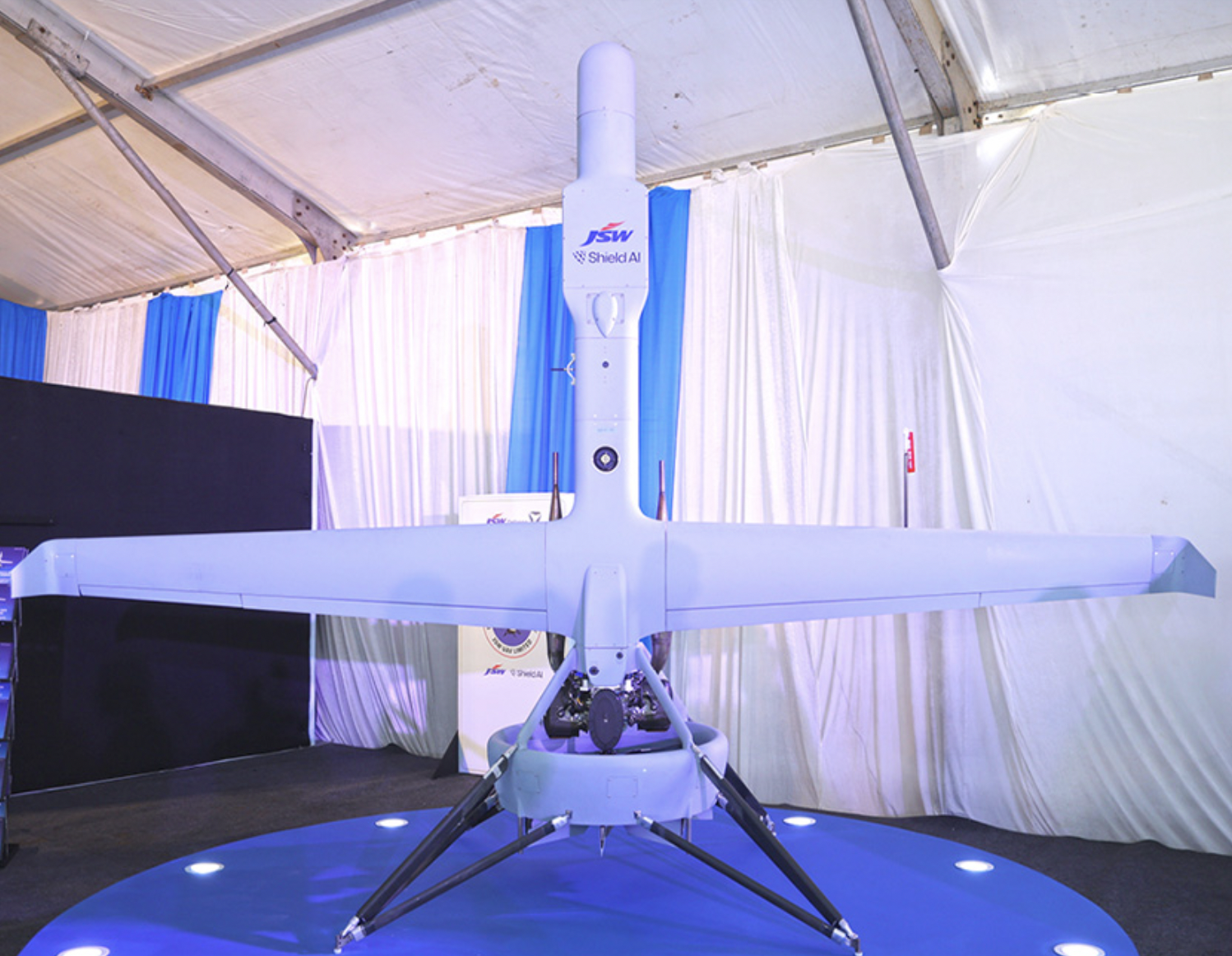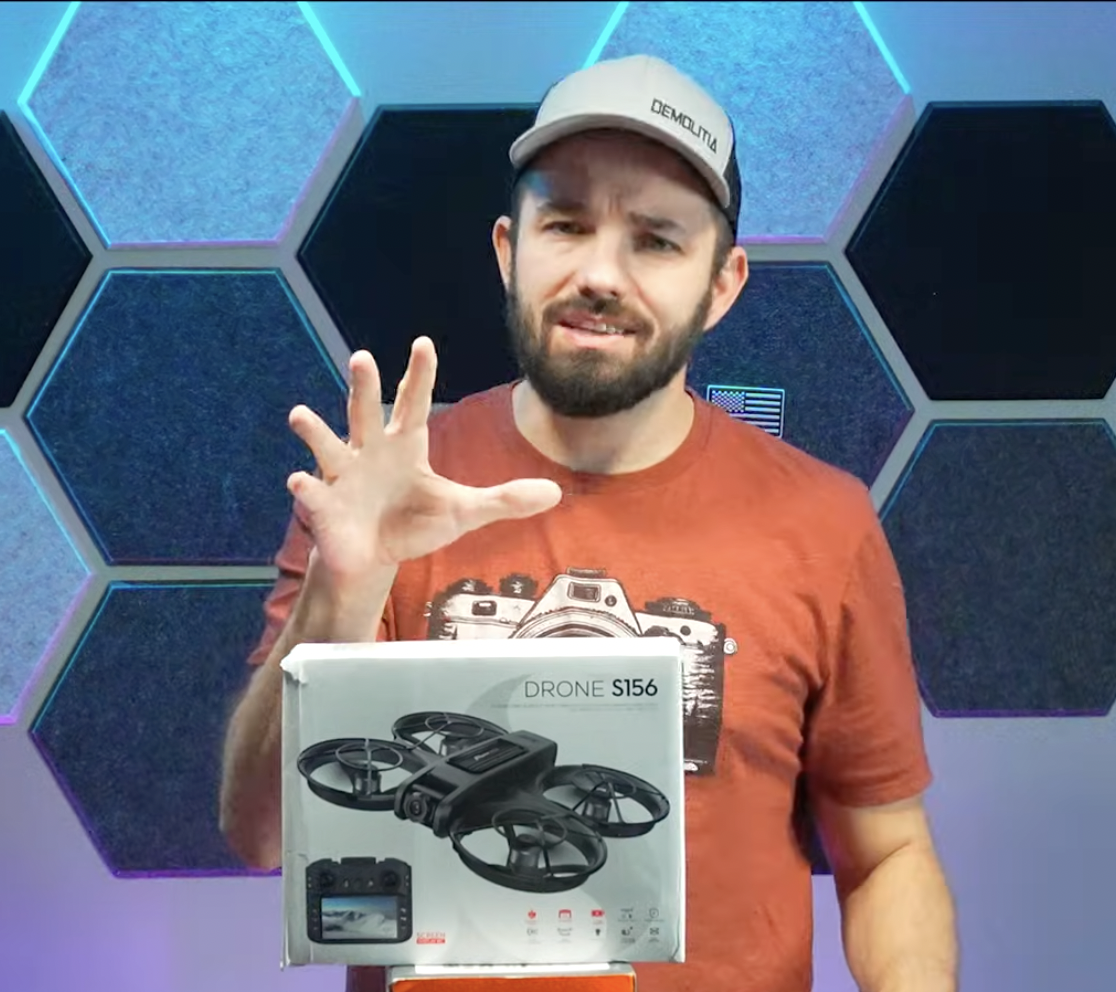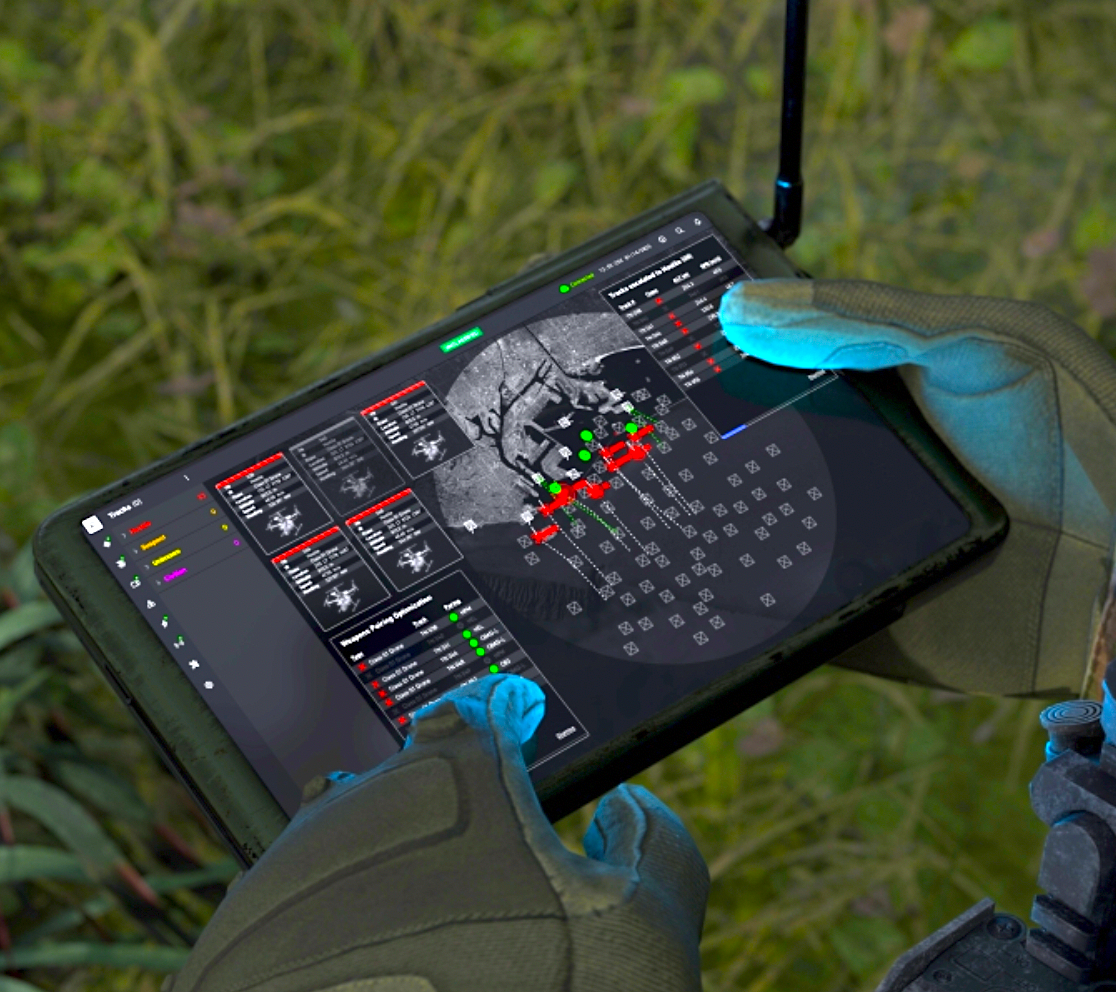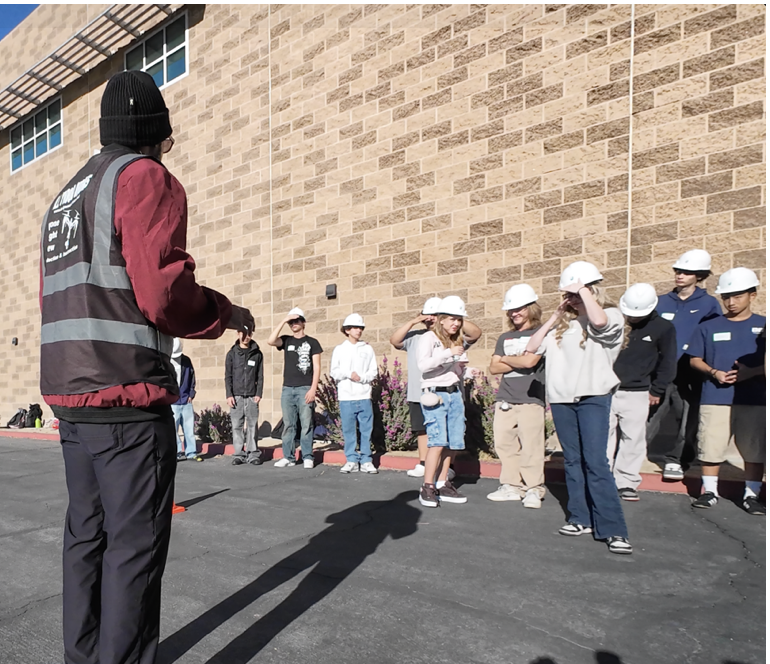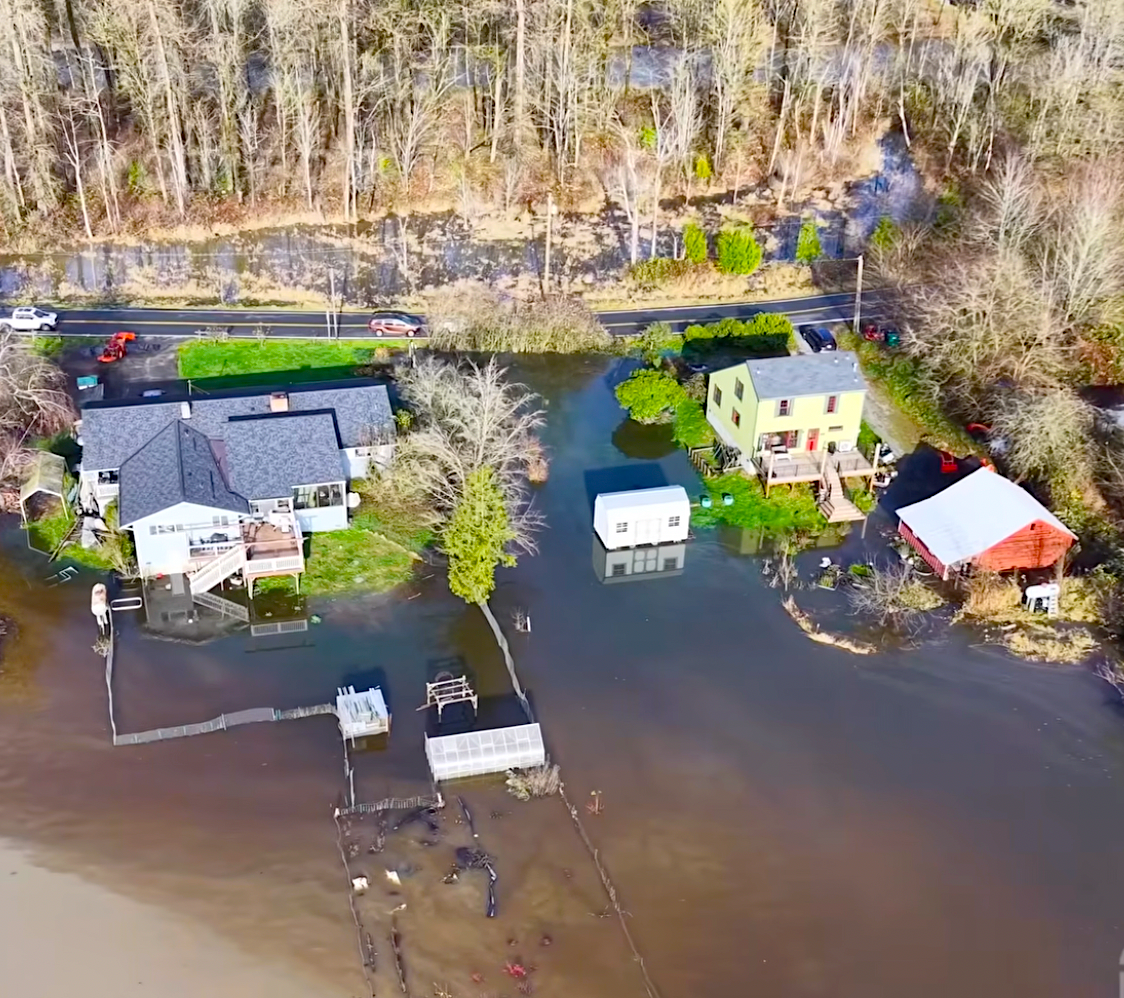Featured NewsProduct NewsDrone DeliveryJet Drone!

14 March 2024
When it comes to saving life, time is of essence. As a result, the faster a drone can deliver emergency supplies to the destination the higher the probability that the given patient will survive. But making a practical and fast drone is not very straightforward. We must first consider two fundamental design features: fuel and propulsion.
Most modern drones are battery powered, specifically lithium-polymer. However, liquid-fuel such as Diesel has 40-times the energy density of lithium batteries. This means that we can pack 40-times more energy into a drone that is diesel-fueled as opposed to battery-powered – this is particularly useful if we want to deliver a payload fast and on-time. Next, we need to consider the right engine to convert this fuel to thrust. Once again, we are left with several choices ranging from propellers to electric ducted fans (EDF). In the end of the day, when it comes to atmospheric engines, nothing beats a jet-engine. A micro jet-engine works just like the big engines on modern airliners just shrunk down to the size of a soda-can. The purpose of such an engine is to generate a high temperature jet. The higher the temperature of the jet, the faster the aircraft can go.
The AB6 JetQuad drone takes these concepts into consideration and combines four micro jet engines and a centrally positioned diesel tank. To guarantee precise and safe delivery of supplies, the JetQuad engines are also equipped with innovative thrust vectoring systems (TVS). A TVS goes on the end of each engine and is responsible for deflecting the jet coming out of the nozzle in a specific direction. The TVS allows the JetQuad to take-off and land vertically, hover, and ensures consistent jet-engine start in a variety of terrains. Most importantly, the JetQuad is capable of cruising at a velocity of 200mph for approximately 15 minutes using the onboard 5 gallon tank. This means that the effective range is 50-miles, more then plenty to cover a majority of emergency medical delivery missions.
Medical deliveries are not just limited by medical equipment or medicines and may also involve organs. Hospital-to-hospital on-demand organ transportation is a lucrative business with great applications to high-speed drones such as the JetQuad. Being fueled by Kerosene-based fuel combined with the ability to take-off and land on standard helipads means that a JetQuad can take advantage of existing helipad infrastructure already in place at most hospitals. Moreover, newer models of the micro jet-engines come with built-in generators which means that future variants of the JetQuad will be able to support active on-board refrigeration of life-critical supplies (such as blood and organs).
AB8 Axion

The technology does not just stop there. The AB6 JetQuad paves the way for the much bigger AB8 Axion. The Axion (currently in prototype phase) is a scaled-up JetQuad with four times the power output. It will be able to transport actual patients from tough to reach terrain not normally accessible by helicopter ambulance. The Axion will also be much cheaper to operate than a comparable helicopter and will take advantage of existing infrastructure as well.
There are several more practical advantages to using a jet-powered drone. Unlike batteries which can take hours to recharge, diesel fuel takes only minutes to refuel. Furthermore, the jet-engines and TVS are designed in such a way so that they remain completely internal to the frame of the vehicle. This means that there are no external surfaces or airfoils which may fail in adverse weather conditions. Lastly, the centrifugal compressors of the jet-engines greatly facilitate operation in high-altitude and cold temperatures – an environment where typical battery-powered propeller drones greatly suffer in performance.
FusionFlight is a small business based out of the DFW metroplex, Texas, USA. FusionFlight has been developing the JetQuad technology since 2016 and is currently in the late stages of flight qualifications for the drone. In addition, FusionFlight produces a micro jet-engine based diesel generator called the ARC, which has already been sold to various customers across the world. As we enter the age of electrification, most tend to dismiss fuel-based technology as “ancient”. FusionFlight is on a mission to prove that the age of jet-engines is not over yet, and there are still abundant applications for micro jet-engine powered machines ranging from saving life to logistics.

